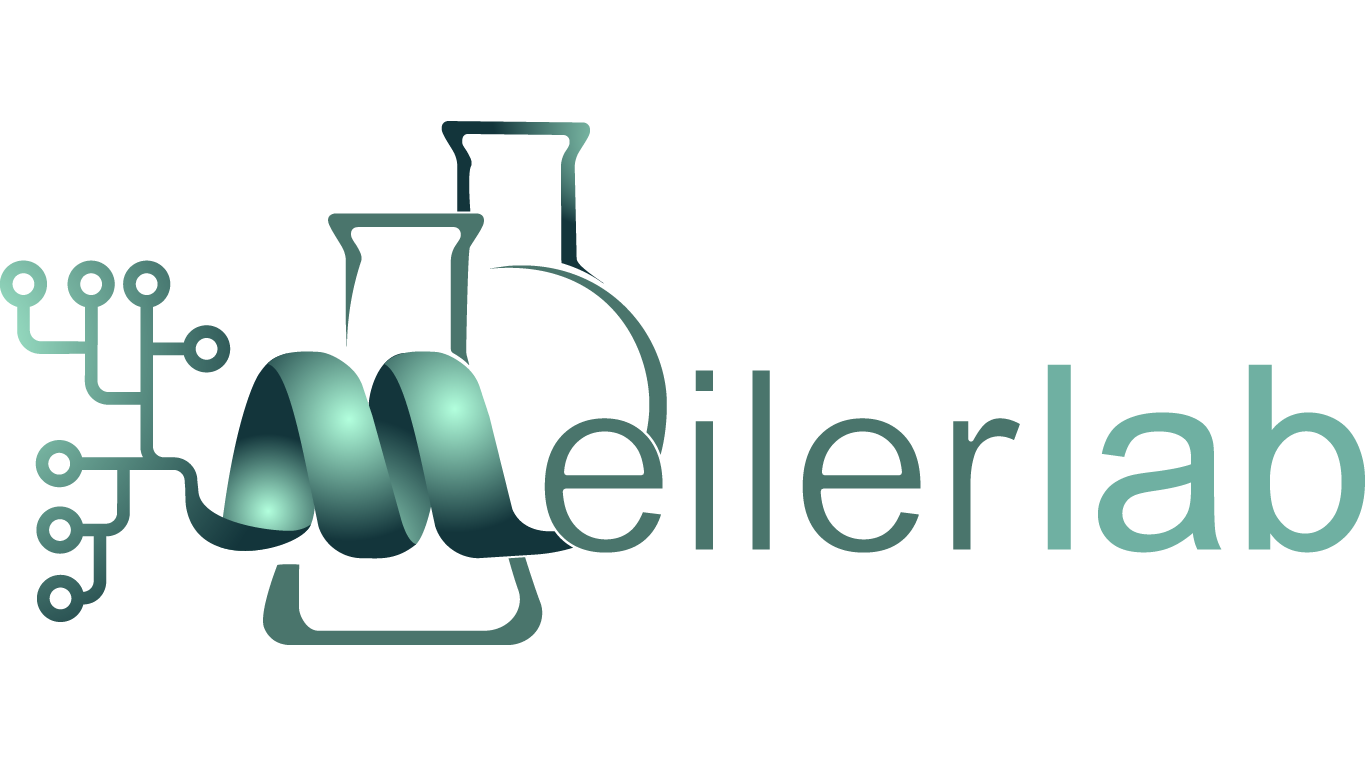Computational design of vaccines has evolved rapidly over the course of the last decade, driven largely by the pursuit of an HIV vaccine. Researchers employ several strategies when developing vaccines but the shared objective motivating these approaches is to increase the abundance of antibodies that are elicited to neutralizing epitopes [1] while decreasing the abundance of antibodies to epitopes which are weakly correlated with neutralization. Stabilizing an epitope on a known virus that has been shown to elicit neutralizing antibodies, decreasing the ability of poorly neutralizing epitopes to elicit a response through the mutation of critical residues, the design of completely new proteins to display multiple copies of a favorable epitope, the optimization of given epitope to elicit a response that can be developed in a multi-dose treatment regime [2].
The recent coronavirus SARS-CoV-2 vaccine development has challenged the field to rapidly develop strategies of presenting several critical epitopes on the SARS-CoV-2 spike protein. Several vaccine approaches centered around stabilizing the receptor binding domain in a prefusion state (prior to interacting with the receptor and undergoing conformational change). As of October 2021 the “New York Times Coronavirus Vaccine Tacker” mentions a total of 52 therapeutic candidates that have entered phase 1 clinical trials, each demonstrating a slightly different design approach or delivery platform. Some platforms decided to administer mRNA using lipid nanoparticles, while others chose to administer recombinantly expressed subunit vaccines, traditional inactivated viruses [3], or replication defective adenoviruses [4],[5].
Vaccine design is a rapidly advancing field which relies more and more heavily upon computation each year, it has been shown to leverage an increasing number of datasources, ranging from next generation sequencing of antibody repertoires or viral populations, computational modeling of potential escape mutants, binding data from physical assays from micrographs displaying complex assemblies.
REFERENCES:
[1] McLellan, J. S et al. (2013). Structure-based design of a fusion glycoprotein vaccine for respiratory syncytial virus. Science, 342(6161), 931
[2] Flemming, A. (2020). bnAbs for HIV: shepherding towards improbable mutations. Nature Reviews Immunology, 20(2), 71
[3] Al Kaabi, N. et al. (2021). Effect of 2 Inactivated SARS-CoV-2 Vaccines on Symptomatic COVID-19 Infection in Adults: A Randomized Clinical Trial. JAMA - Journal of the American Medical Association, 326(1), 35–45
[4] Voysey, M. et al. (2021). Safety and efficacy of the ChAdOx1 nCoV-19 vaccine (AZD1222) against SARS-CoV-2: an interim analysis of four randomised controlled trials in Brazil, South Africa, and the UK. The Lancet, 397(10269), 99–111
[5] Zhu, F. C. et al. (2020). Safety, tolerability, and immunogenicity of a recombinant adenovirus type-5 vectored COVID-19 vaccine: a dose-escalation, open-label, non-randomised, first-in-human trial. The Lancet, 395(10240), 1845–1854
[6] Zhu, F. C., Li, Y. H., Guan, X. H., Hou, L. H., Wang, W. J., Li, J. X., Wu, S. P., Wang, B. Sen, Wang, Z., Wang, L., Jia, S. Y., Jiang, H. D., Wang, L., Jiang, T., Hu, Y., Gou, J. B., Xu, S. B., Xu, J. J., Wang, X. W., … Chen, W. (2020). Safety, tolerability, and immunogenicity of a recombinant adenovirus type-5 vectored COVID-19 vaccine: a dose-escalation, open-label, non-randomised, first-in-human trial. The Lancet, 395(10240), 1845–1854.
[7]De Taeye, S. W., De La Peñ, A. T., Vecchione, A., Scutigliani, E., Sliepen, K., Burger, J. A., Van Der Woude, P., Schorcht, A., Schermer, E. E., Van Gils, M. J., LaBranche, C. C., Montefiori, D. C., Wilson, I. A., Moore, J. P., Ward, A. B., & Sanders, R. W. (2018). Stabilization of the gp120 V3 loop through hydrophobic interactions reduces the immunodominant V3-directed non-neutralizing response to HIV-1 envelope trimers. Journal of Biological Chemistry, 293(5), 1688–1701.
